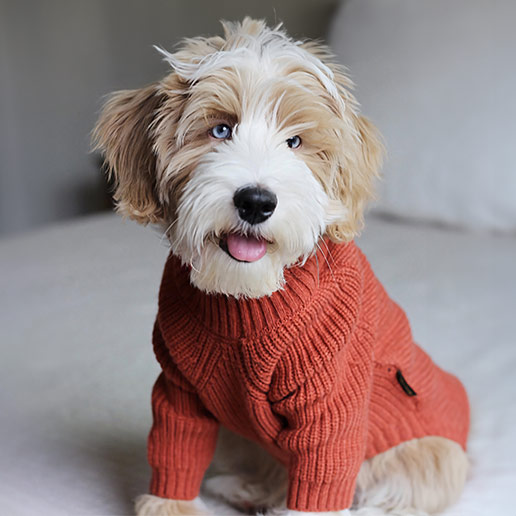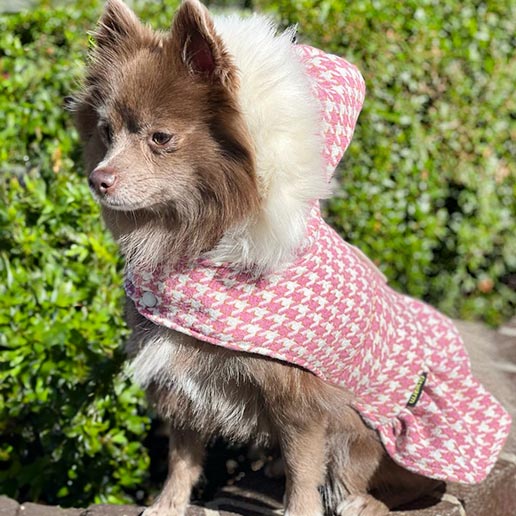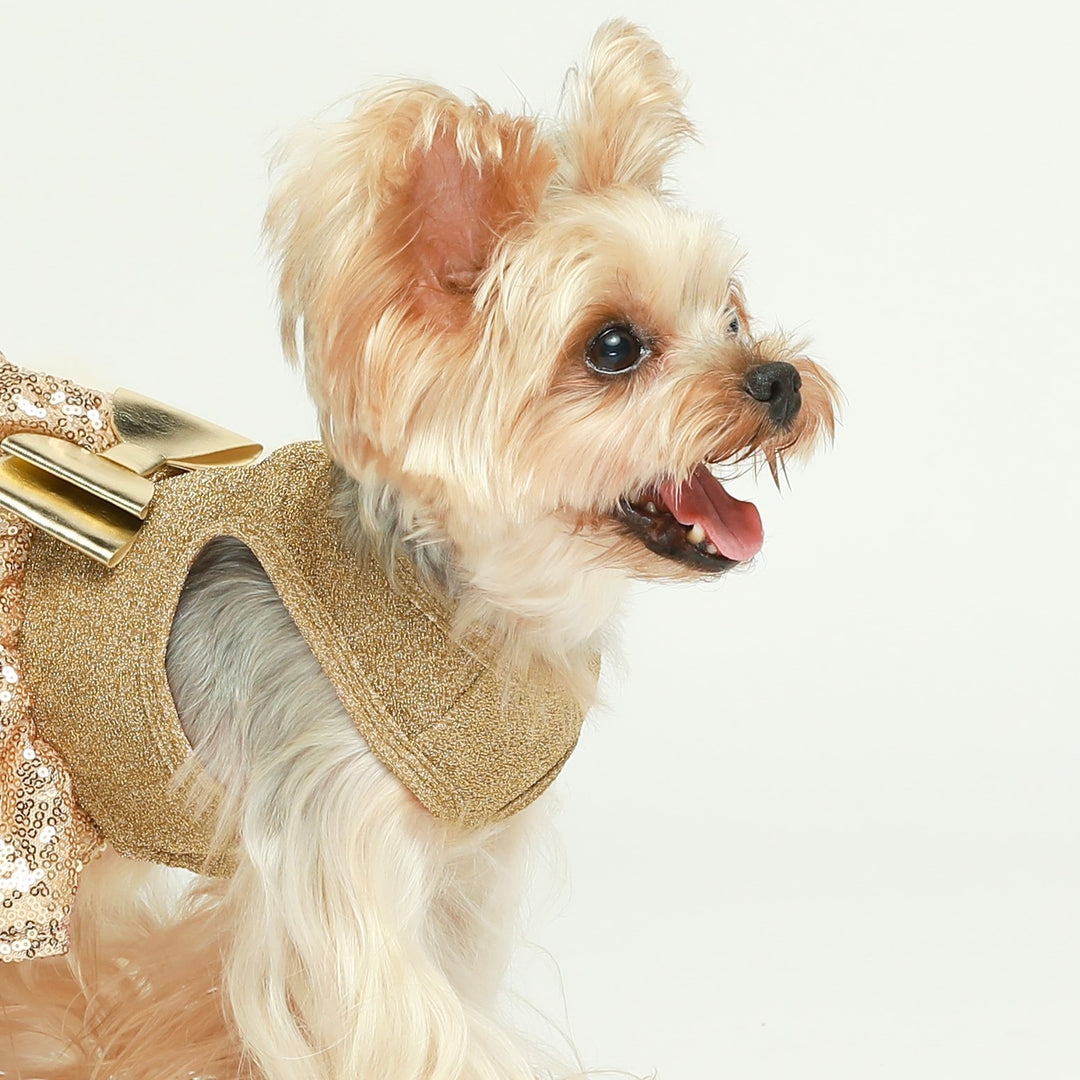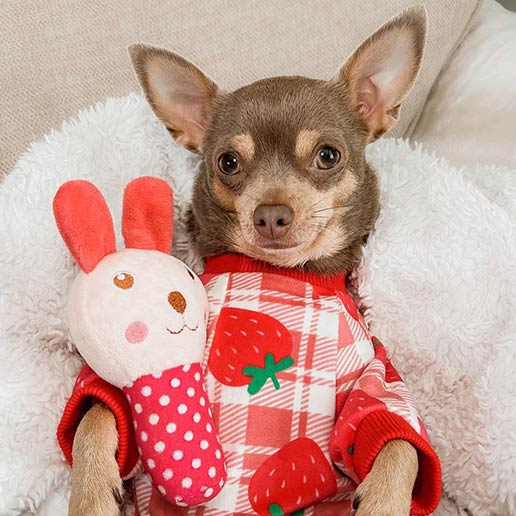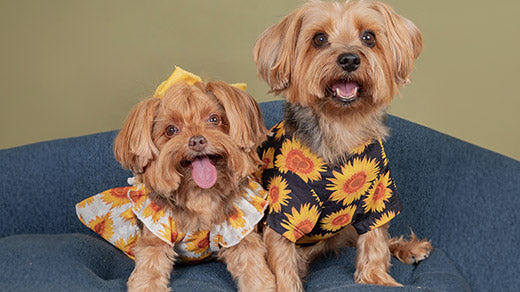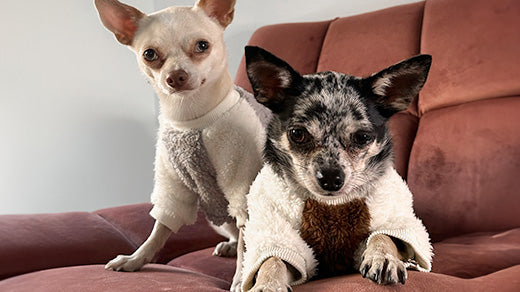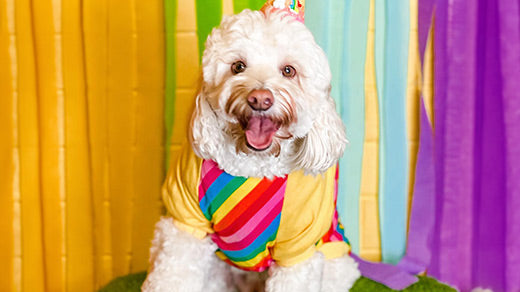How to Treat Separation Anxiety in Dogs: A Comprehensive Guide
Separation anxiety is a prevalent concern among dog owners, often leading to the pivotal question: "How to treat separation anxiety in dogs?" To answer this, we must first understand its root causes and manifestations.
Interestingly, separation anxiety in dogs can be categorized into two main types: anxiety from being separated from their owner and anxiety from being away from familiar surroundings.

Instagram: fergiefergiechomper
Why Do Our Dogs Have Separation Anxiety?
Dogs, inherently social creatures, form strong bonds with their human families and their surroundings. When these bonds are disrupted, it can lead to feelings of distress. The root causes of separation anxiety in dogs can be categorized into:

Instagram: havanese_ted
Separation from the Owner
- Change in Routine: A sudden shift in daily activities can be unsettling for dogs.
- Traumatic Events: Experiences like a stay at a shelter can lead to anxiety when separated from the owner later on.
- Inherent Predispositions: Some dogs might inherently feel more anxious when separated from their owners.
Separation from Familiar Surroundings
- Change in Environment: Moving to a new home can be jarring for dogs.
- Temporary Shifts: Short-term changes, like a visit to a vet, can induce anxiety.
- Traumatic Events: Negative experiences in certain places can make dogs anxious in new environments.
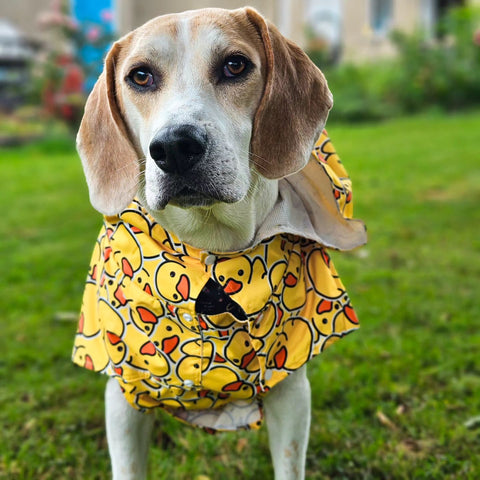 Instagram: teddy_cook_the_beagle
Instagram: teddy_cook_the_beagleWhat Becomes of Dogs When They Have Separation Anxiety?
The manifestations of separation anxiety can range from mild to severe:
- Physical Symptoms: Restless pacing, excessive drooling, or indoor accidents.
- Vocalization: Continuous barking or howling.
- Destructive Behavior: Chewing on furniture or attempting to escape.
- Loss of Appetite: Refusal to eat or play with toys.
- Clinginess: Over-attachment upon the owner's return or reluctance to explore new surroundings.

How to Treat Separation Anxiety in Dogs?
Addressing separation anxiety in dogs requires a blend of understanding, patience, and a multifaceted approach:
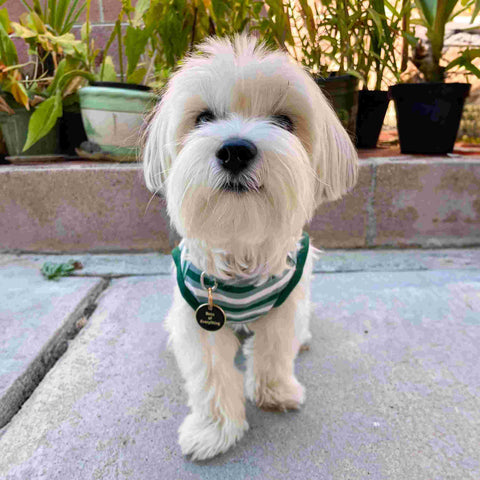
Instagram: rockynycmorkie
Positive Reinforcement
- Engaging Toys: Offer toys like puzzle feeders or treat-stuffed ones.
- Reward Calm Behavior: Praise and reward your dog when it displays calm behavior.
Desensitization and Counterconditioning
-
Gradual Departures: Start by leaving your dog alone for just a few minutes and gradually increase the duration.
-
Familiarize Departure Cues: Randomly perform actions associated with leaving, like picking up keys or wearing shoes, without actually departing.
Clothing Comfort
-
Familiar Scents: Clothes that have been worn by family members carry familiar scents, which can comfort an anxious dog in their owner's absence.
-
Sense of Security: The physical sensation of being wrapped in clothing can provide a comforting, swaddling effect.
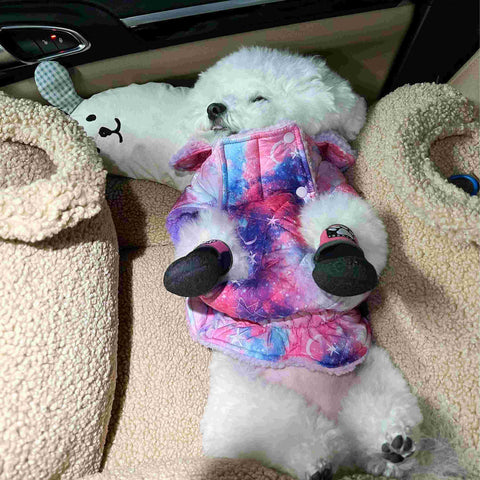
Instagram: bichon_mandoo41
Professional Help
-
Behavioral Therapists: Engage a certified animal behaviorist or dog trainer.
-
Veterinary Consultation: Some dogs benefit from anti-anxiety medications or natural calming supplements.
Routine Exercise
-
Physical Activities: Regular walks, play sessions, or agility training.
-
Mental Stimulation: Activities like hide-and-seek, fetch, or training sessions.
Creating a Safe Space
-
Comfortable Area: Designate a specific area or room filled with their favorite toys and bedding.
-
Security Items: Leave an item with your scent, like the aforementioned clothing, to comfort your dog.
 Instagram: balou_theminisausage
Instagram: balou_theminisausageMaintain a Calm Environment
-
Background Noise: Leaving the radio or TV on can provide comforting background noise.
-
Calming Products: Consider using pheromone sprays, diffusers, or collars.
Practice Routine
-
Consistent Schedule: Feeding, walking, playtime, and bedtime should be consistent.
Socialization and Companionship
-
Playdates: Arrange regular playdates with other dogs.
-
Pet Sitters or Doggy Daycare: Ensure your dog isn't left alone for too long.

Instagram: mischievous_westie_fergus
Westie in a dog hoodie
Addressing the question of "how to treat separation anxiety in dogs" requires a comprehensive understanding of its causes and manifestations. With the right strategies and professional guidance, it's possible to alleviate this anxiety, ensuring the well-being of our beloved canine companions.



